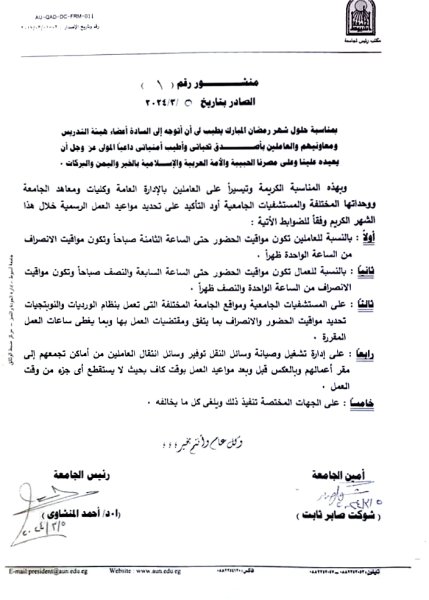Simultaneous Determination of Iron (III) and Aluminum (III) in the Presence of Titanium (IV) in Portland Cement using Derivative Spectrophotometry
A spectrophotometric method relies on the use of derivative ratio-zero crossing technique has been developed for simultaneous determination of Fe (III) and Al (III) in the presence of Ti (IV). The method depends on the formation of colored complexes of metal ions with 1,2,4-trihydroxyanthraquinone (purpurin, PURP) in 50% v/v ethanol-water medium at pH 2.5 .The method was successfully applied for the determination of (1.6 – 5.58 mgL-1 ) iron, and (0.269 – 2.15 mgL-1) aluminum. The correlation coefficients for the obtained calibration graphs were 0.990 for iron (III), and 0.996 for aluminum (III). The sandell sensitivities of iron and aluminum were 0.24ng cm-2 and 0.20ng cm-2 respectively. The developed method was applied to the simultaneous determination of Fe2O3 and Al2O3 in Portland cement and was found to give satisfactory results.





